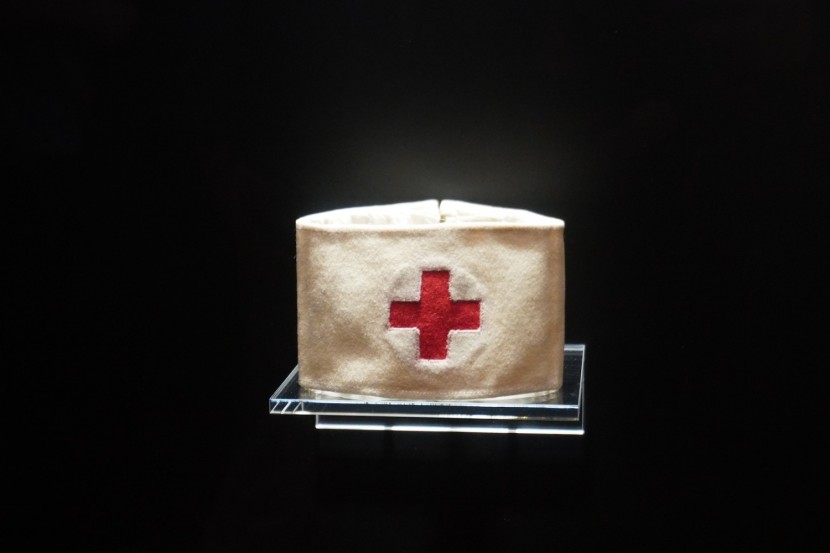Late in October, 63-year-old Joyce Grayson from Connecticut visited a halfway home for sex offenders to provide medicine to a patient who had a history of violence. But her life tragically ended that day.
Grayson's patient is the primary suspect in her murder, according to the police, who discovered her dead in the basement.
Following Grayson's passing, her colleagues have reiterated their long-standing demands for more safeguards for home healthcare workers, including having escorts on patient visits and requiring them to provide more personal information. All medical professionals are seeing an upsurge in violence at the moment, and these calls are coming at the worst possible time.
Tracy Wodatch, a visiting nurse and chief executive of the Connecticut Association of Healthcare at Home, recalled a day when she felt threatened and had an officer accompany her. However, she clarified that this is no longer a possibility due to financial and personnel constraints.

Calls for Improved Security
The body of Grayson, a nurse for more than 36 years, was discovered at the Willimantic halfway home on October 28. After seeing patient Michael Reese, a convicted rapist, she never came back. The killing has not yet resulted in any charges being filed.
"It's all nurses are thinking about right now, even the hospital nurses because they've had so many close calls," said Martha Marx, a visiting nurse and Connecticut State Senator who is advocating for reforms in federal and state regulations, as reported by The Associated Press.
Marx recounted an incident when she was taken to a facility without knowing it housed sex offenders until she spoke with clients there. She stated that the agency would often give the task to an employee who would not cause a stir if a nurse requested a chaperone.
Nearly 11 months before Grayson's death, visiting nurse Douglas Brant was shot while making a house visit in Spokane, Washington. The murder also prompted demands for safety measures, such as the establishment of federal guidelines to combat occupational violence.
See Also : Mental Health Problems Among Healthcare Professionals Is Becoming More Prevalent, CDC Warns
Non-Fatal Violence
Organizations representing nurses argue that non-fatal forms of violence against healthcare workers do exist, too. The most recent data from the United States Bureau of Labor Statistics shows that the incidence of non-fatal violence against medical professionals rose by almost 60% between 2011 and 2018.
The agency reports that for a long time, medical workers had the highest rate of non-fatal injuries caused by workplace violence compared to professionals in other sectors.
The biggest US registered nurse organization, National Nurses United, conducted a study in late 2022 showing that 41% of hospital nurses had seen an increase in workplace violence occurrences compared to 30% in September 2021.
US Representative Joe Courtney, who covers the area where Grayson was slain, warned that home health aides should never be let inside someone's house or apartment alone. "You have to have systems and tools to reduce the risk."
Since 2019, Courtney has pushed federal legislation to require healthcare and social service firms to create and execute workplace violence prevention strategies.








